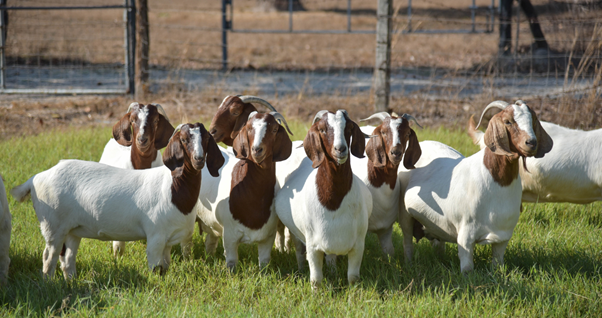
Key points:
If you’ve decided to get serious about breeding worm-resistant goats, here are some top tips to guide the process.
- Genetic selection can be used to increase the resistance of goats to worms.
- Choose a stud that provides Estimated Breeding Values (EBVs) for worm egg counts.
- Ensure that selection for worm resistance is balanced with other performance traits.
- Choose the appropriate Worm Egg Count (WEC) EBV age.
Do you find yourself needing to drench too often? Are some of your goats more susceptible to worms than others? Or perhaps you just need to diversify the methods you use for worm control and become less reliant on drenching?
Breeding for worm resistance is a component of an integrated approach to managing worms. The most effective worm control programs integrate multiple techniques, as opposed to relying on just one (such as drenching) to combat worms.
Commercial goat producers increasingly prefer goats that better resist parasites. If you’ve decided to get serious about breeding worm-resistant goats, it’s as easy as 1, 2, 3.
But before we do a deep dive into the steps, let’s get a basic understanding of two of the most important concepts that form the basis of our efforts when breeding for worm resistance.
- Worm Egg Count:
A worm egg count is the number of worm eggs in a sample of sheep or goat dung and is an indicator of the type and size of the worm burden present in the host.
- Estimated Breeding Values:
EBVs are an estimate of an animal’s genetic merit rather than its visual merit. The effects of factors such as birth type, dam age, nutrition and management are removed to reveal an animal’s genetic breeding value – what can be passed onto its progeny.
So, where do you start?
Genetic selection can be used to increase the resistance of goats to worms.
The best way to increase the genetic resistance of your herd to worms is to use bucks with better than average worm resistance, which simply means; using bucks with more negative EBVs for WEC in KIDPLAN.
KIDPLAN is a benchmarking system delivered by Sheep Genetics, the national genetic analysis service for the goat industry. Buck breeders who are members of KIDPLAN have WEC EBVs available for their goats if they are measuring WEC for their herd.
Now that you are aware that using bucks with more negative EBVs for WEC in KIDPLAN increases the genetic resistance of your herd to worms, the next big question is, how do you select a buck for worm resistance?
Goats that are resistant to worms can prevent some or all worms from establishing and as a result, have lower worm burdens and therefore lower worm egg counts.








